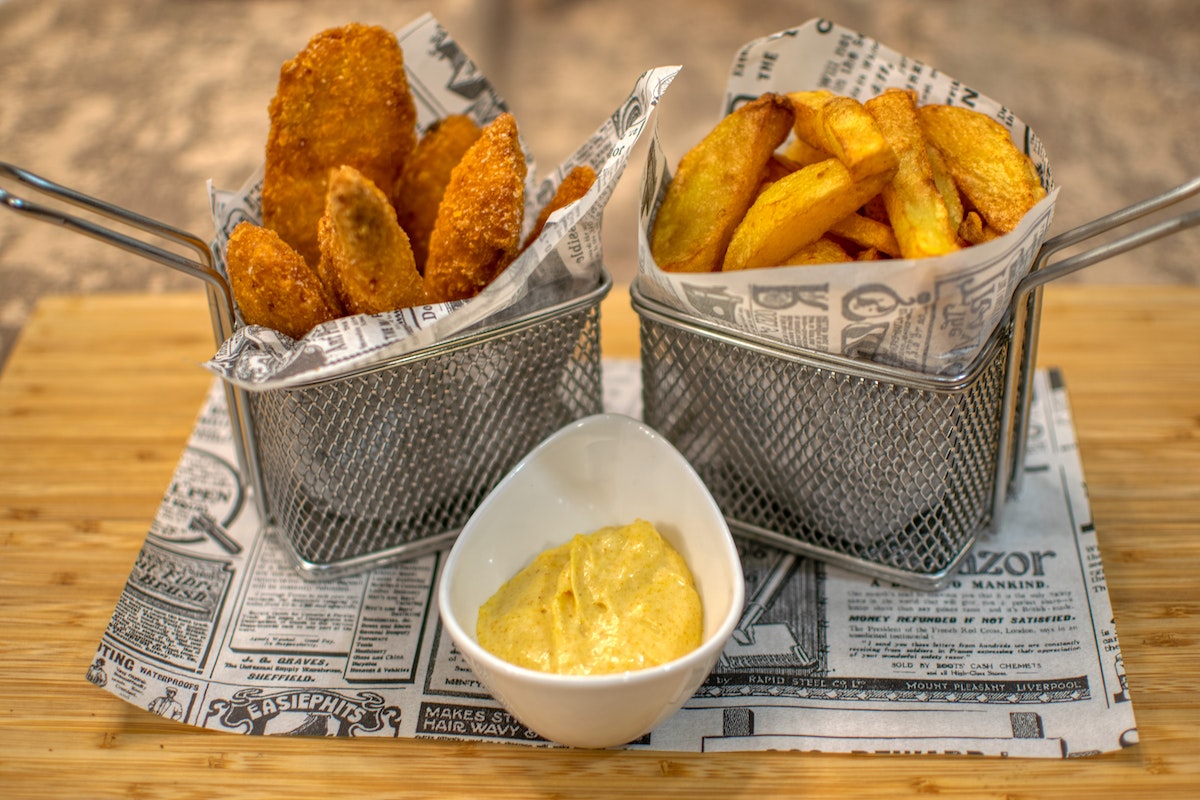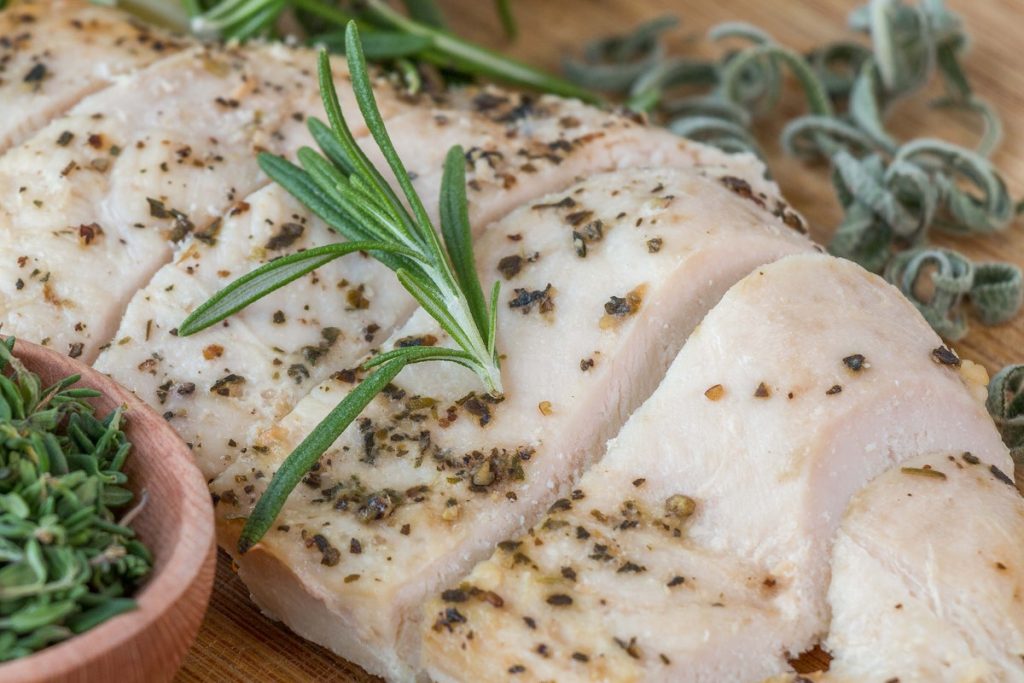Chicken tenders are a popular food choice for both children and adults alike. Boiling chicken tenders is a fast and easy way to cook them without the mess of frying. The time it takes to boil chicken tenders depends on several factors, including the size of the tender, the number of tenders being cooked, and the temperature of the water.
Similar to boiling gluten-free meatballs, boiling chicken tenders is an easy and mess-free way to cook chicken tenders is by boiling them. The boiling method helps to retain the chicken’s natural moisture, making it juicy and tender while preserving its flavor. It also ensures uniform cooking, resulting in consistent texture and taste. The key to boiling chicken tenders is to avoid overcooking them, as this will cause the meat to become tough and dry.
What Are Chicken Tenders?

Chicken tenders are small strips of meat taken from underneath each breast of a chicken, known as “hanging tenders.” This means that every chicken has two tenders.
These thin strips of chicken, also referred to as chicken strips or fingers, are made from the pectoralis minor muscle. They are typically flattened, battered, and either fried or boiled. Additionally, they can be utilized in many dishes, such as wraps, sandwiches, and salads.
You can use your hands to gently remove the tenders from the chicken. These tenders are located in a similar area as the beef and pork tenderloins and are about 1 1/2 inches wide and 5 inches long.
Chicken tenders are sometimes sold separately from the breasts, which makes them ideal for dishes like stir-fries and skewers that require the chicken to be cut up.
Boiling chicken can affect the tenders’ flavor and texture. It will make the meat tender with a mild poultry taste. If you want a stronger poultry flavor, grilling or baking the chicken tenders is better. The cooking method will add a smoky and rich taste to the tenders, which cannot be achieved by boiling them.
Popularity in Recipes
Chicken tenders are popular in various recipes because they are versatile, easy to prepare and cook, and naturally flavorful. They can be used in an array of dishes, from wraps and sandwiches to salads and stir-fries.
In addition to being incredibly versatile, chicken tenders also require very little prep time. Since the tenders are already cut, they can be quickly added to recipes and do not require much additional preparation. Furthermore, the natural flavor of chicken tenders makes them ideal for a variety of dishes. They have a mild taste that is easy to complement with herbs and spices.
Finally, since chicken tenders are generally low in fat and calories, they make an excellent choice for the health-conscious.
Nutrient Content In Boiled Chicken Tenders
Chicken is a widely popular poultry all over the world that is used to prepare various dishes like stews, soups, and barbecues. Boiled chicken is a healthy option that offers a range of health benefits. However, fried chicken or chicken cooked in excessive oil can be unhealthy. To obtain optimal nutrition from chicken, it’s recommended to consume it in its boiled form.
Boiled chicken tenders provide adequate protein, which helps build muscle and repair tissues. Moreover, boiling chicken retains the most nutrients compared to other cooking methods, such as frying.
Boiled Chicken Tenders
Boiled chicken tenders are a healthy and nutritious food choice. They contain lean protein, B vitamins, iron, zinc, magnesium, and selenium. A serving of around two ounces of cooked chicken tenders has 24 grams of protein, 2 grams of carbohydrates, and 0 grams of fat. By incorporating them into your diet, you can easily get essential nutrients and add variety to your meals.
Health Benefit

Boiled chicken tenders are nutritious, with lean protein and essential vitamins and minerals. Unlike fried or breaded tenders, boiled ones have less fat and calories. They help your body to function well and support healthy growth and development by providing B vitamins, zinc, iron, selenium, and magnesium. Including boiled chicken tenders in your diet regularly is a simple way to get vital nutrients for your body every day.
How To Boil Chicken Tenders?
Gathering the necessary equipment and ingredients, is the first step in cooking chicken tenders before you even start worrying about the amount of water and boiling time. To make this recipe, you will require 1 pound of raw chicken tenders (also known as tenderloins) and cold water.
- The first step is to put one pound of raw chicken tenders into a pot.
- Then cover the chicken with enough cold water so that the chicken is submerged, typically about one inch above the chicken.
- Cover the pot with the lid.
- Turn the stovetop temperature to high and wait for the water to boil. Once the water reaches boiling point, reduce the temperature to medium-low. Remember that you’re making poached chicken tenders, so avoid cooking them at a full boil.
- Keep the lid on and cook the chicken tenders for 2-3 minutes until they are fully cooked and reach an internal temperature of 165°F.
- After cooking, use tongs to take out the tenderloins and eat plain chicken or use it in your preferred recipes. For convenience, sprinkle salt and pepper on the boiled chicken, or add fresh herbs or vegetables to enhance the taste. Fresh parsley, onion, thyme, oregano, celery, garlic, and carrots are excellent choices for improving the flavor of the tenders.
- Do not throw away the liquid used for boiling chicken in the previous step. It has lots of flavors and can be used in other recipes. You can strain it before storing it in an ice cube tray, jar, or container. Keep it in the fridge for up to three days or in the freezer for up to three months.
Ideal Water-to-Chicken Ratio
To cook chicken tenders properly, using the right amount of water is important. According to research, the general guideline is to use enough water to completely cover the chicken tenders, usually about 1 inch or ½ to 1 cup of water per 1 lb of chicken. Keep in mind the size of your pot when measuring the water.
To ensure that chicken tenders remain flavorful, avoiding too much water is essential, which can make them waterlogged. However, using less water can result in the chicken sticking to the pot or not cooking properly. Therefore, finding the correct water ratio is crucial in keeping the chicken moist and tender while boiling.
To ensure you use the right amount of water, start by putting the chicken tenders in the pot and then adding enough water to cover them. This technique eliminates the need for excess water and simplifies monitoring the water level. You can adjust the quantity of water used depending on your taste and the recipe you’re following. For instance, if your recipe uses a tasty marinade or broth for boiling the chicken, you may need to add more water.
How Long to Boil Chicken Tenders?

On average, the recommended time for boiling chicken tenders is 8-10 minutes. However, the thickness of your tenders and the amount of water used can affect the exact cooking time. To ensure the tenders are appropriately cooked, use a meat thermometer to check if the internal temperature reaches 165 degrees Fahrenheit.
You can easily enhance any meal by adding boiled chicken tenders. They taste delicious when served with your preferred dipping sauce. You can use frozen ones from the store or freshly prepared ones to boil. This classic cooking method will fulfill your desire for moist and tender chicken bites!
Determining if the Chicken Tenders are Fully Cooked
Determining if chicken tenders are fully cooked can be difficult, especially when boiling them. To ensure the elimination of harmful bacteria, chicken tenders, like all chicken, should always be cooked to an internal temperature of 165 degrees Fahrenheit. Using a meat thermometer to monitor the temperature before boiling them is crucial.
- It is essential to maintain a gentle simmer while boiling chicken tenders. If the water is boiling too hard, the tenders may turn out tough and rubbery. To achieve this, you can lower the heat to medium-low or low.
- After adding them to the pot, it’s important to keep an eye on the chicken tenders. They should take around 10 to 15 minutes to cook, depending on their size. However, it’s recommended to use a meat thermometer to ensure they are fully cooked.
- To ensure that the chicken tenders are fully cooked and safe to eat, insert a thermometer into the thickest part of the tender without touching the bone or bottom of the pot. If the thermometer reads 165 degrees Fahrenheit or higher, the chicken tenders are safe to consume.
- To make sure the chicken tenders are fully cooked, you can cut them into one and check if the meat is complete if you don’t have a meat thermometer. Keep in mind that this is not as reliable as using a meat thermometer.
Boiling chicken tenders is an easy and mess-free way to cook them while preserving their natural moisture, flavor, and texture. The key to correctly boiling chicken tenders is finding the right water-to-chicken ratio, keeping a gentle simmer during cooking time, and using a meat thermometer to ensure they are cooked. Whether you’re looking for lean protein or want to add variety to your meals with boiled poultry dishes, incorporating boiled chicken tenders into your diet can provide essential vitamins and minerals that support healthy growth and development. With these tips, you can easily learn how long you boil chicken tenders!

